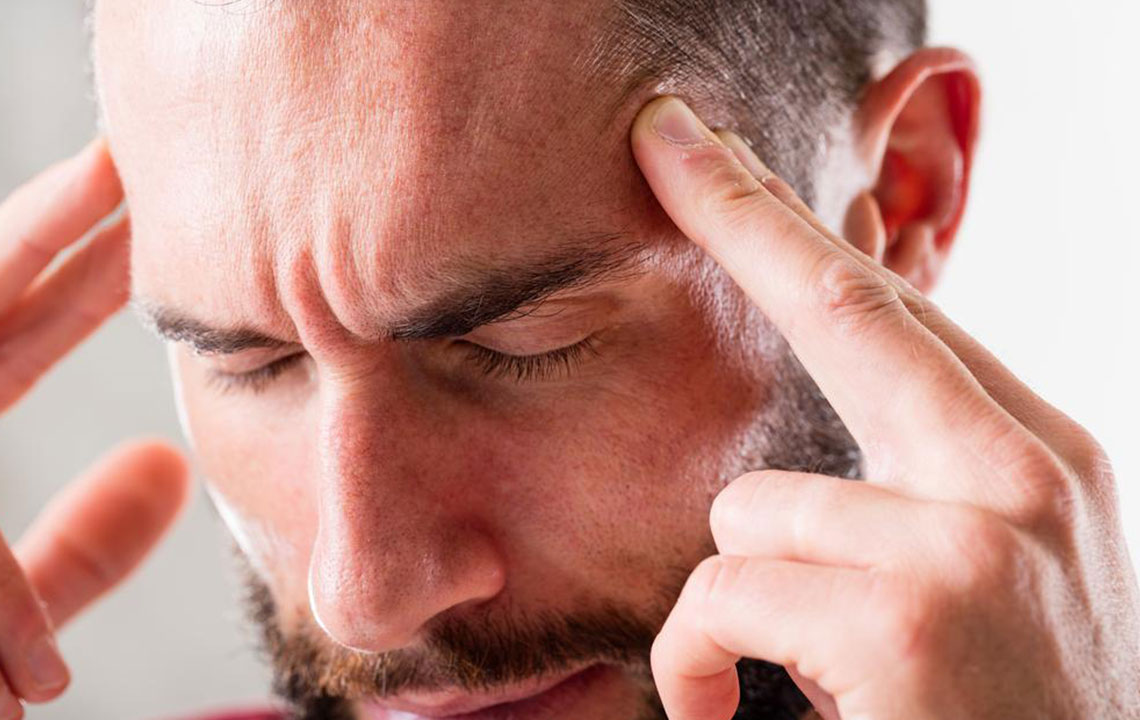A Guide to Treating Migraine Headaches

A headache is a physical condition, which every individual has to experience sometimes in their life. While a headache can be quite disturbing and get you impaired, it generally does not have a severe impact on your life. However, getting a migraine headache is something different. A migraine headache can get the affected person completely disabled for a minimum period of six hours to one day or even more. Some also complain of vision loss, while others get to see the halo, flickering lights, wavy lights, etc. Though it affects both men and women, reports indicate that women are at a higher risk than men. Even though a migraine headache is quite painful and can recur at any time, it can be controlled with treatment.
Nowadays, you can find different treatments for migraine headaches, and you just need to act a bit carefully, to save yourself from the painful condition. As the condition gets triggered by different factors, it is essential for you to learn about abortive as well as preventive treatment for a migraine headache.
Abortive treatment – As the name indicates, abortive treatment for migraine headaches helps in checking the migraine pain as and when it starts. It is always recommended to start with abortive treatment as soon as you feel the onset of the condition. Depending on the extent of your pain as well as the cause of your onset, doctors may prescribe medicine pills, nasal sprays, skin patch or self-injection. While the medications are mainly aimed to curb a headache, it also works wonderfully in controlling vomiting or nausea-related problems. However, the selection of medicines should be made only under the guidance of a doctor as each has different compositions meant for different purposes.
Triptans are mostly used for controlling migraine headache, while Droperidol, Chlorpromazine, Prochlorperazine, and Metoclopramide are prescribed to treat nausea related conditions. However, at times patients can rely on the over-the-counter medicines to treat the condition if they do not have the prescribed drugs with them. Try to get the prescribed drugs at the earliest, as over-the-counter medicines have a short-term impact.
Preventive treatment – This type of treatment for migraine headaches aims to check the recurrence of migraine pain and is mostly considered by people who often get affected with the condition. In most of the cases, doctors recommend this type of therapies to patients, who get a migraine headache for four times or more in a month. People who get severe pains due to a migraine can also consider about preventive treatment. Preventive treatment for migraine headaches aims to reduce the frequency of occurrence and slowly get a headache completely under control. Some of the commonly used preventive measures for a migraine are mentioned below:
- Cardiovascular medications – To reduce the severity as well as the frequency of a migraine, you may rely on the beta blockers or cardiovascular drugs prescribed for coronary arterial diseases or high blood pressure.
- Antidepressants – Depending on the cause of occurrence, doctors may at times prescribe antidepressants to treat migraine pain. Tricyclic antidepressants work by controlling the production level of brain chemicals as well as serotonin. One thing that is to be noted in this regard is, antidepressants are equally effective in treating patients without any depression.
- Anti-seizure medicines – Depending on the frequency of occurrence, doctors may also prescribe anti-seizure drugs to patients. It is done to control the recurrence of the condition. However, excess use of this drug may lead to severe health complications.
- Pain relieving medicines – Though the abovementioned medications are mostly recommended to treat a migraine headache, pain relievers are also useful. The anti-inflammatory and non-steroidal drugs can help in checking migraine symptoms to some great extent.
Natural treatment and lifestyle changes
While drugs are available for both abortive and preventive treatment for migraine headaches, it is always better to check the factors triggering the condition. Bringing some positive changes in your lifestyle can help in dealing with your migraine pain significantly. Along with the abovementioned medications, you can also try out a few tips mentioned below and avoid a migraine headache easily.
- Ice packs – Applying ice packs is often considered to be one of the best ways for dealing with migraine pain. Keep on applying the ice pack to the affected region repeatedly till you get some relief. While cold compress is a good choice, hot compress is never recommended.
- Switch to herbs – Researchers have found that certain herbs can help in curing migraine headache successfully. Therefore, relying on them will be a good choice to get the condition treated without any side-effect.
- Alcohol abstinence – Hangover caused from alcohol consumption is often listed among the most common triggers of a migraine. If that is applicable for your condition, you should abstain from consuming alcoholic drinks completely.
- Balanced life – Migraine problems often trigger when people get improper sleeping habits. Therefore, it is always recommended to eat and sleep on time.
A migraine headache can give you nightmares. However, it can be controlled with a little care.


